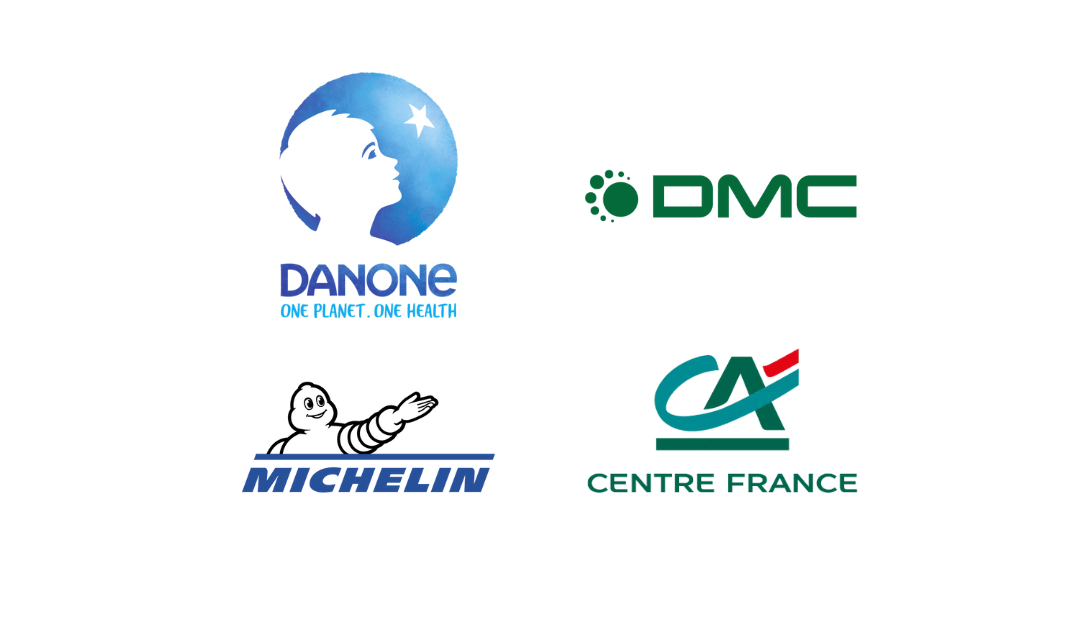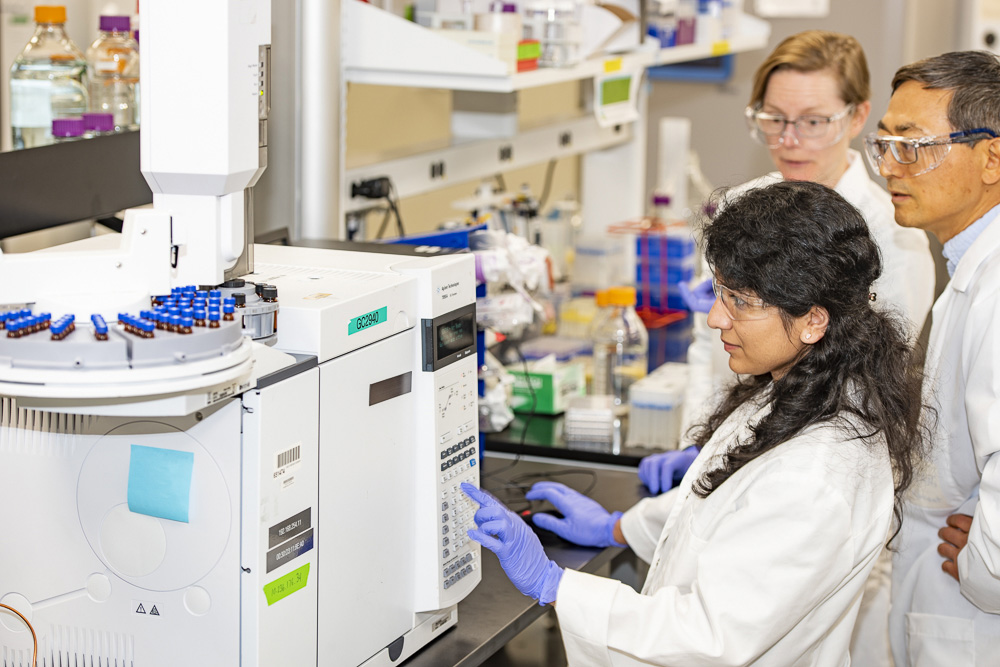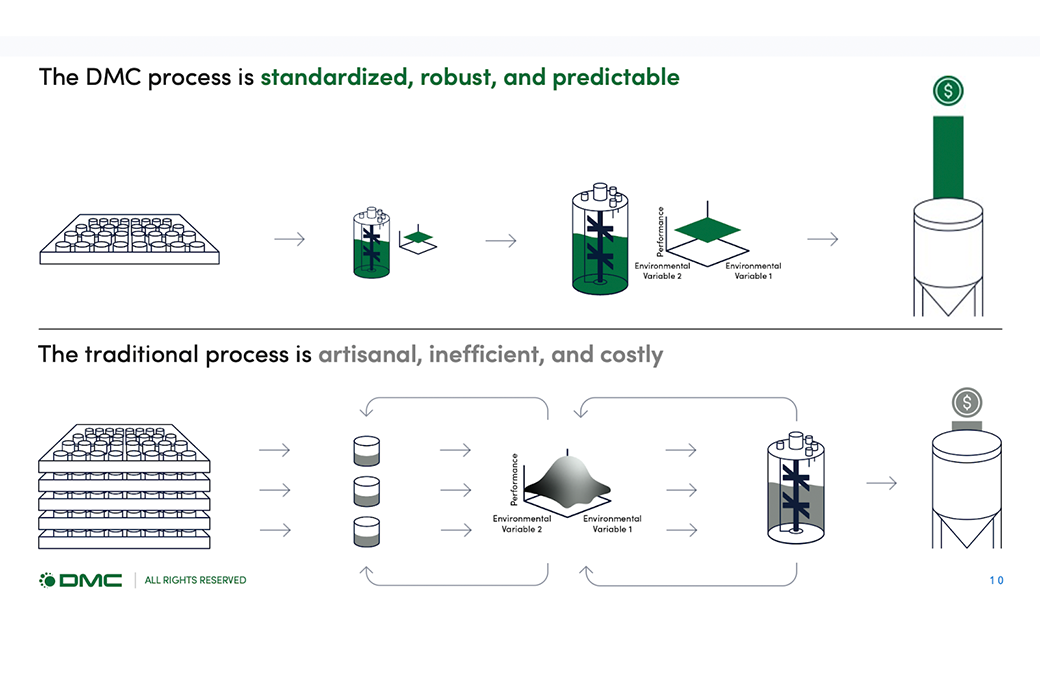DOE Announces $10 Million for Innovative Bioenergy Research and Development
The U.S. Department of Energy announced up to $10 million in funding for six projects representing innovative technologies and solutions to advance bioenergy development. These projects, located in Arizona, California, North Carolina, Delaware, and Illinois, will support the Bioenergy Technologies Office’s (BETO) work to develop renewable and cost-competitive biofuels from non-food biomass feedstocks by reducing the technical risk associated with potentially breakthrough approaches and technologies for investors. This funding will also support the development of a more robust bioeconomy, which can create green jobs, spur innovation, improve the environment, and achieve national energy security.
The projects selected include the following:
Arizona State University, Tempe, Arizona: This project will engineer cyanobacteria for the production of ethyl laurate, which is easily converted to “drop-in” ready (i.e., compatible with existing infrastructure) biofuels or bioproducts. This uses carbon dioxide (CO2), water, and light as the main inputs, and does not waste carbon and energy by limiting the amount of biomass produced. This is a ‘one-stop-shop’ cyanobacterial platform that generates liquid transportation fuel from CO2 and water with sunlight as the energy input. The proposed project is expected to lead to an economically competitive yield of an immediate biofuel produced directly from CO2 under the influence of sunlight.
Arizona State University, Tempe, Arizona: This project will develop mixotrophic algae which can consume both CO2 AND cellulosic sugars, and significantly improve algal biomass growth. These heat-tolerant strains will be grown in in photobioreactors, potentially reducing evaporation and eliminating the need for cooling. The potential for this exciting project could reach five times the current algal production rates. This type of increased production rate will significantly reduce the cost of enclosed algal cultivation systems and will boost total fuel potential, especially in the southwest United States.
Duke University, Durham, North Carolina: Today, the construction of new integrated biorefinery facilities is prohibitively expensive. This project will enable a dramatic reduction in costs for commercial-scale biorefineries through “dynamic metabolic control.” Using the patent-pending Synthetic Metabolic Valve technology to demonstrate process intensification technology, which allows smaller reactors to be much more productive, the team will develop this process for the production of a fuel precursor. More importantly, this technology could be applied to many other bioprocesses to produce biochemicals and biofuels. If successful, the project will enable a commercial-scale bioprocess (>100 million gallons of fuel per year) with capital costs less than that of a current demonstration plant (< $40 million).
Lygos Inc., Emeryville, California: This project will develop microbial catalysts to convert renewable cellulosic sugars into higher-value commodity and specialty chemicals. The project will then develop an integrated process from cellulosic glucose through fermentative production of a high-value chemical, aspartic acid. This acid, which has several end uses including bio-degradable polymers, fertilizers, and even cosmetics, can be produced at high efficiencies and rates, driving production costs down. A successful outcome is a cost-effective process to a high-value biochemical that instead of producing carbon, incorporates it into the aspartic acid, and sequesters CO2.
White Dog Labs, New Castle, Delaware: This project will develop new metabolic pathways in microorganisms so that they can concurrently consume a cellulosic sugar feedstock and CO2, thus limiting the amount of CO2 released from the process. Applying a mixotrophic fermentation process will increase the yield of acetone—and improve the economic viability for integrated biorefineries moving forward. Acetone is used as a precursor in many industries and applications such as fibers and polymers.
LanzaTech Inc., Skokie, Illinois: This project will work on technology to enable manufacturing of the high-value industrial chemical building block, acetone, via biomass-derived syngas. This process will use cutting edge systems biology techniques developed at Oak Ridge National Lab to engineer completely new metabolic pathways in bacteria, eliminating byproduct formation while also coupling acetone production with cell growth. Further, this project will demonstrate this process at commercially relevant scales, paving the way for a cost-competitive biomass derived process to a platform, commodity chemical.
The Energy Department’s Office of Energy Efficiency and Renewable Energy (EERE) accelerates the development and deployment of energy efficiency and renewable energy technologies and market-based solutions that strengthen U.S. energy security, environmental quality, and economic vitality. Learn more about EERE’s work with industry, academia, and national laboratory partners on a balanced portfolio of research in bioenergy technologies.





